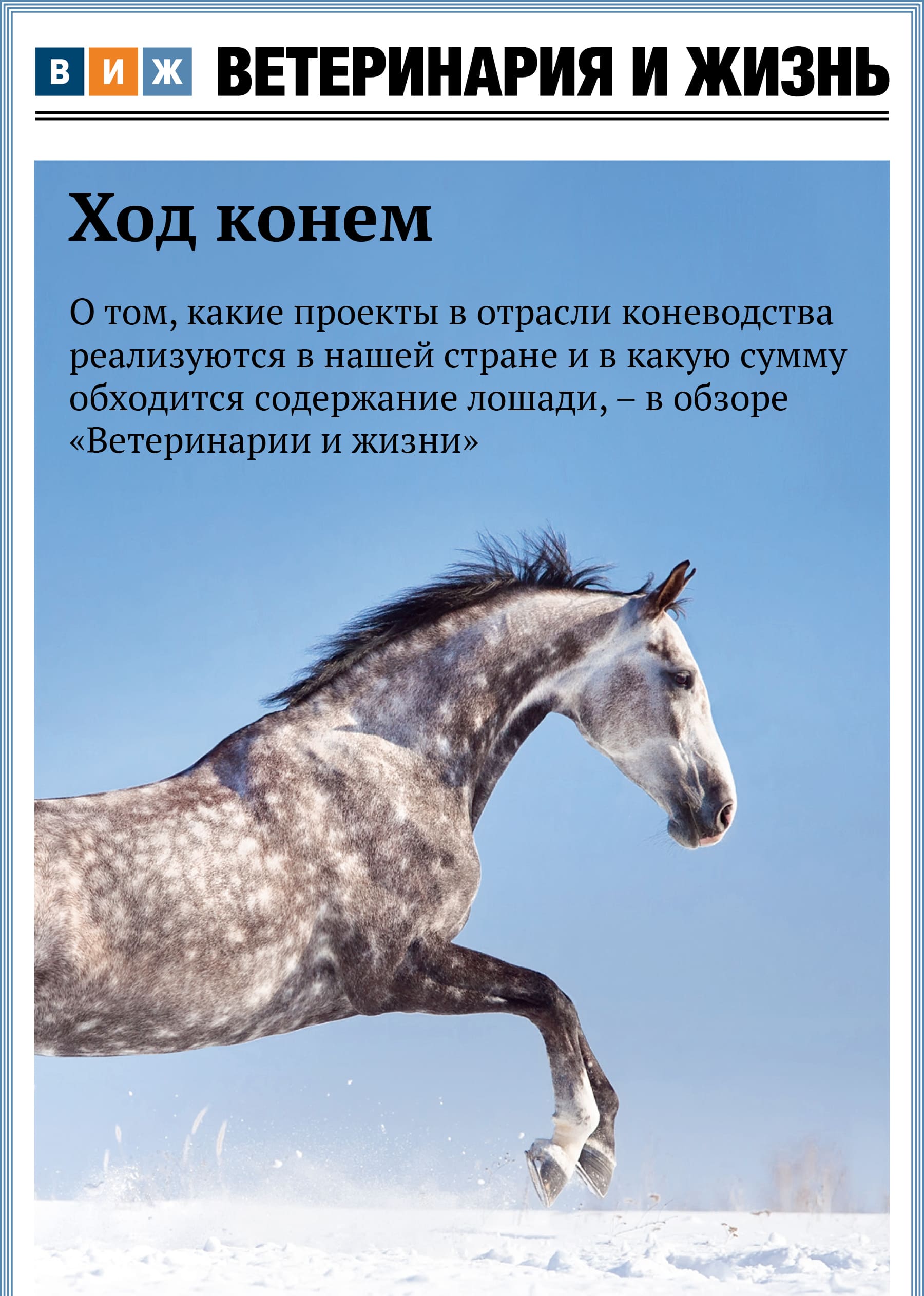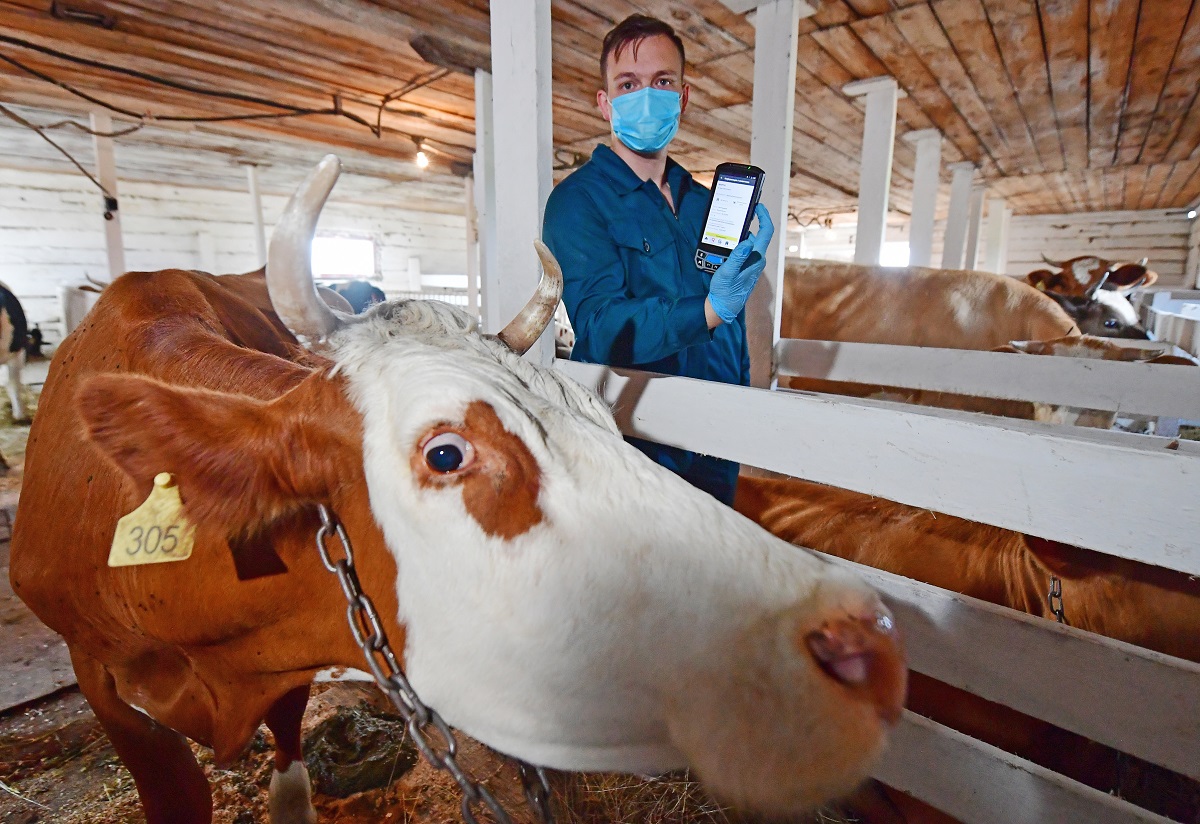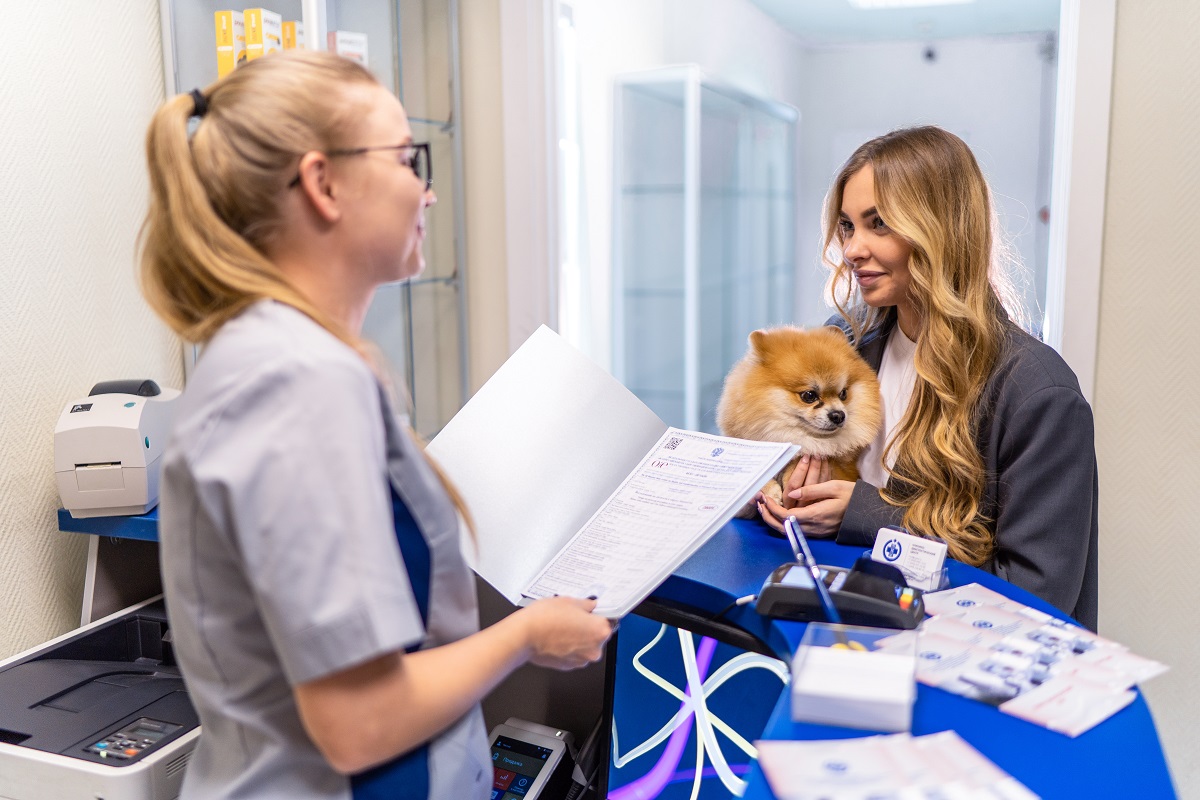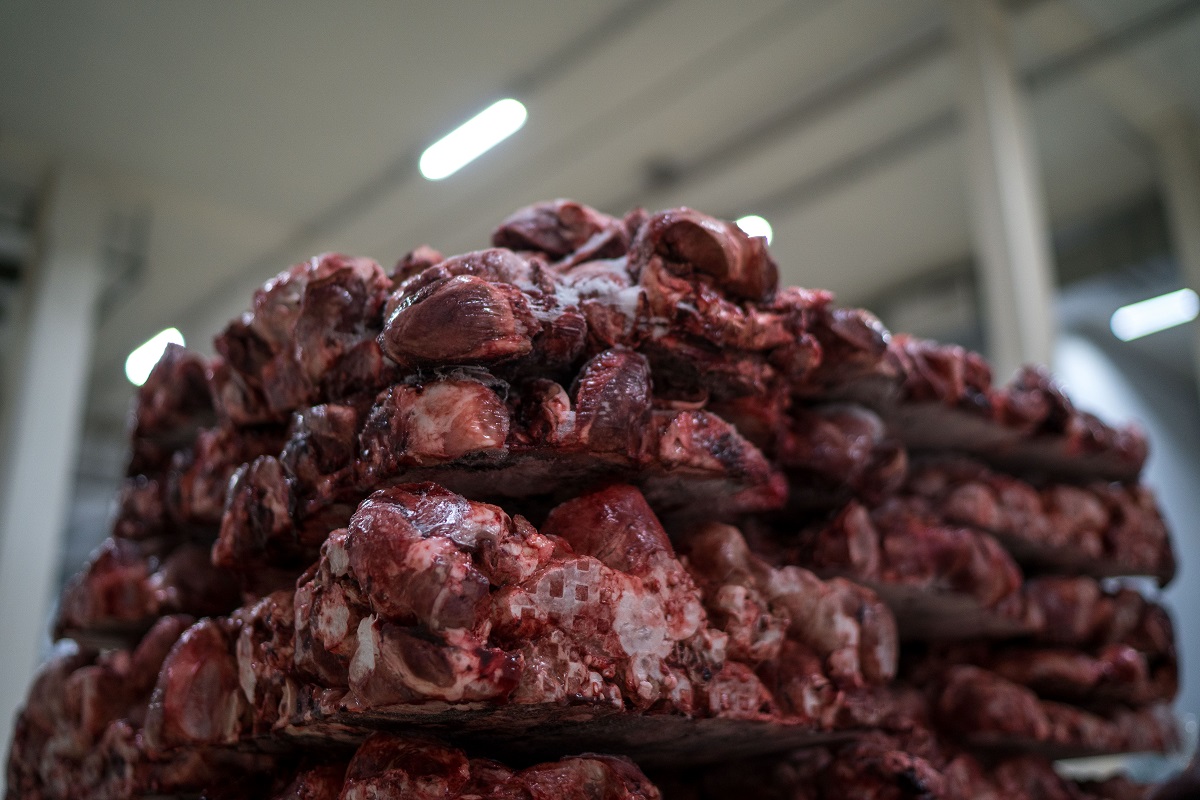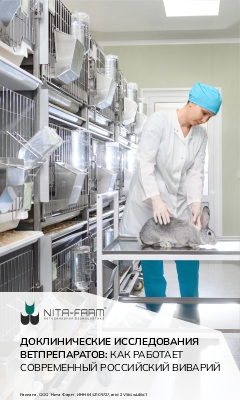To put this in perspective, in September 2022, 49 700 individual animal records were created in the Horriot system, and in November 2022 this number increased to 312 100 heads.
An intensive growth in registration of farm animals in the Horriot system has been recorded since the fall of 2022. “We have been registering an exponential increase in the number of animals registered in the system since October. As a matter of fact, data on more than 400 thousand heads is introduced monthly,” said Alexander Osminin, Deputy Director for ICT at the FGBI ARRIAH.
Thus, 458 400 individual farm animal records were made in the system in December.
According to the service’s data, the total number of group animal identification records made from October 2021 to date reached 2 084 563 heads; 30 890 group animal identification records were made for 902 572 095 animals.
“The intensity of data submission is expected to increase in the near future. Currently the data is being submitted through the web-based interface. An integration gateway is currently under development, which will allow for automatic data transfer from record systems at farms,” said Alexander Osminin. “This tendency inspires cautious optimistic hope, that the majority of farms will be ready for mandatory farm animal tagging and their registration in the federal system by September.”
Reminder: the law No. 221-FZ of June 28, 2022, will come into force on September 1, 2023. The document introduces amendments to the law “On Veterinary Medicine”, and makes tagging and registration of farm animals mandatory. According to the law, identification of livestock will become mandatory no earlier than March 1, 2024.
The Horriot system has been developed and launched by the Rosselkhoznadzor in order to provide for animal accountability.
Each animal or group of animals will be given a unique alphanumeric code, representing a combination of alphabetical and numerical characters. It will be valid through the life of an animal or the entire period of existence of a group of animals. The record contains, in particular, data on the animal’s sex, age, species and breed, together with its identification, holding and ownership data.

